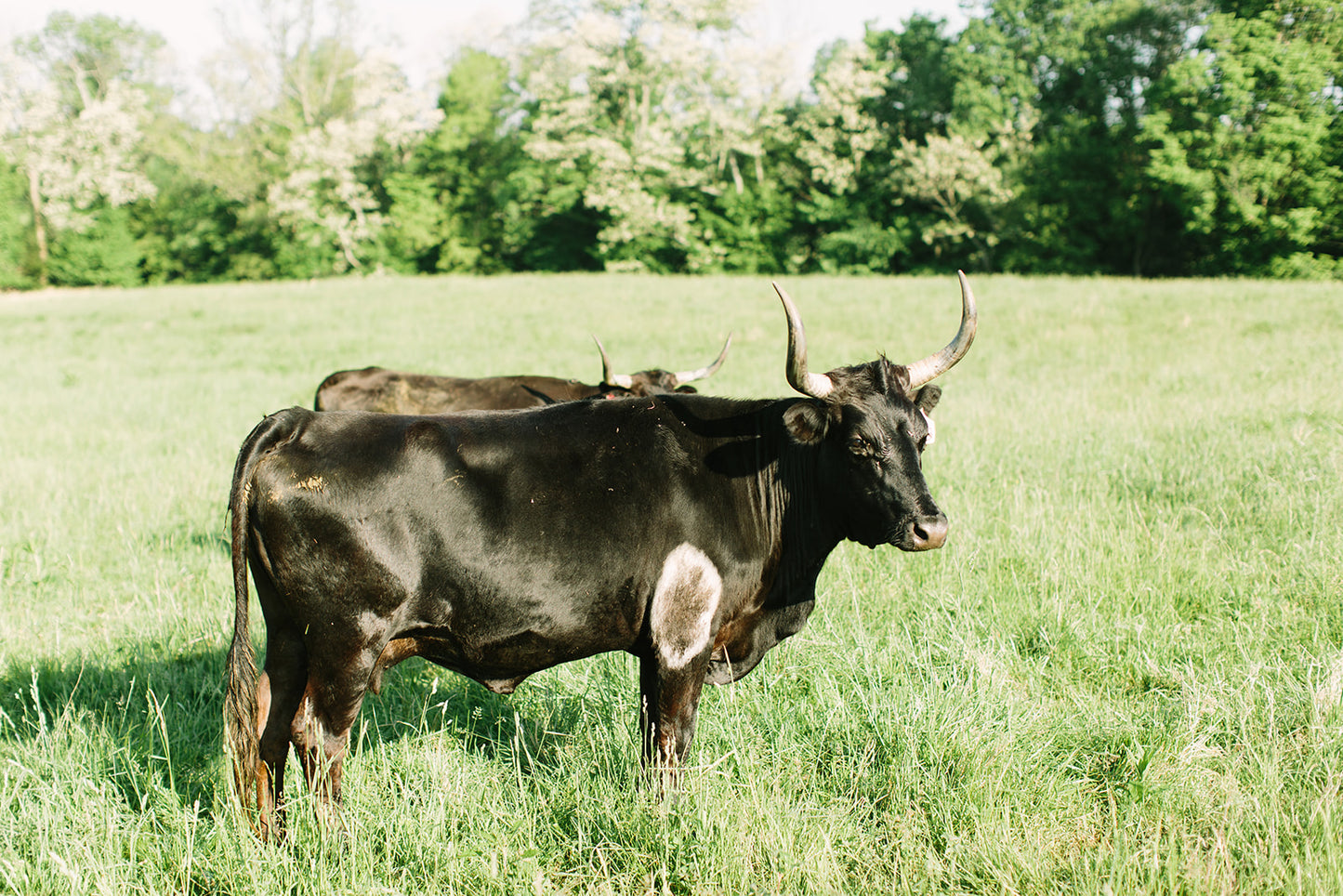
Can Farming Heal the World?
“Demeter’s vision is to heal the planet through agriculture, so if we’re going to really impact climate change, agriculture is the number one way to do that. If you build really healthy farms, they’re going to sequester carbon faster than taking every gas-guzzling car off the road.” -Elizabeth Candelario, Demeter
Self Sustaining Ecosystems
“The best fertilizer is the farmer’s feet” is an adage that sums up the ethos of biodynamics perfectly. Biodynamic farming stands in stark contrast to the prevalent American monocropping or 3-crop rotation models. Rather than growing one or a few crops, biodynamic farmers must strive toward creating a self-sustaining ecosystem - one with plants, roaming animals, and resting land each playing a part. The goal for the farmer is to observe and make adjustments based on each farm’s unique needs. So the “farmer’s feet” in the adage describes observation and response. The farmer must work in concert with, rather than rule the land. As any diplomat can tell you, cooperation will always yield healthier, longer lasting results than dominance without respect.

Regenerative Systems
Demeter, the US certifying body for biodynamics, emphasizes ‘regenerative ecosystems’ over single crop models. What is a regenerative ecosystem? It is a model that treats a farm like a single organism, with interrelated parts whose purpose is to create balance. Where monocropping creates problems like poor soil health and vulnerability to threats, a regenerative farm considers the health of each part of the farm and ensures no part suffers for the benefit of another. Animals spread manure on the land to add rich nutrients and microorganisms that break down soil. Hooves and compounds from the animals loosen the soil to make it easier for plants to grow. Compost from last year’s leaf waste enriches the spring seedlings...crops rotate to different areas each year to help manage bug infestation and give soil a chance to heal...and on and on.
Biodynamic Methods at Foxhollow Farm
At Foxhollow, we’ve incorporated earth-healing biodynamic methods for over a decade. In fact, it was a goal to heal the land that motivated us to bring cattle here rather than operate as another type of farm. Prior to 2006, the farm had been leased to traditional three crop rotation farmers who used all the “‘cides.” While Janey’s mother, Mary, hated the chemicals, she didn’t know what else to do. Looking for a better option, Janey and her siblings invited biodynamic experts to evaluate their acreage. The experts agreed on one thing - bringing cattle to the land would be the quickest and most effective way to heal it. In a sense, the beef we produce is a by-product of a goal to heal the land - rather than the focus.

To achieve this goal, we move the cattle to new pieces of land each day. They work it with their hooves, fertilize it with their manure, and chew the grass just the right amount to stimulate more growth. We’ve incorporated biodynamic preparations to augment the work the cattle are doing. The results are astounding. We’ve seen a huge increase in living organisms in the soil. Our lush certified biodynamic pastures are more drought tolerant than traditional farm grasses.
Biodynamics also requires that at least 10% of the farm be left as a biodiversity preserve and we’ve seen amazing things in our own preserve. Many species have repopulated and we have even seen animals that have not been seen in the area for years. It turns out, our founders were right. We could make our little patch of earth a little better for the generations coming after.
In the next post, we’ll explore how healing goals also result in better, world-class products. In the meantime, let us know what questions you have about biodynamics. You could see your question as a featured post soon!
